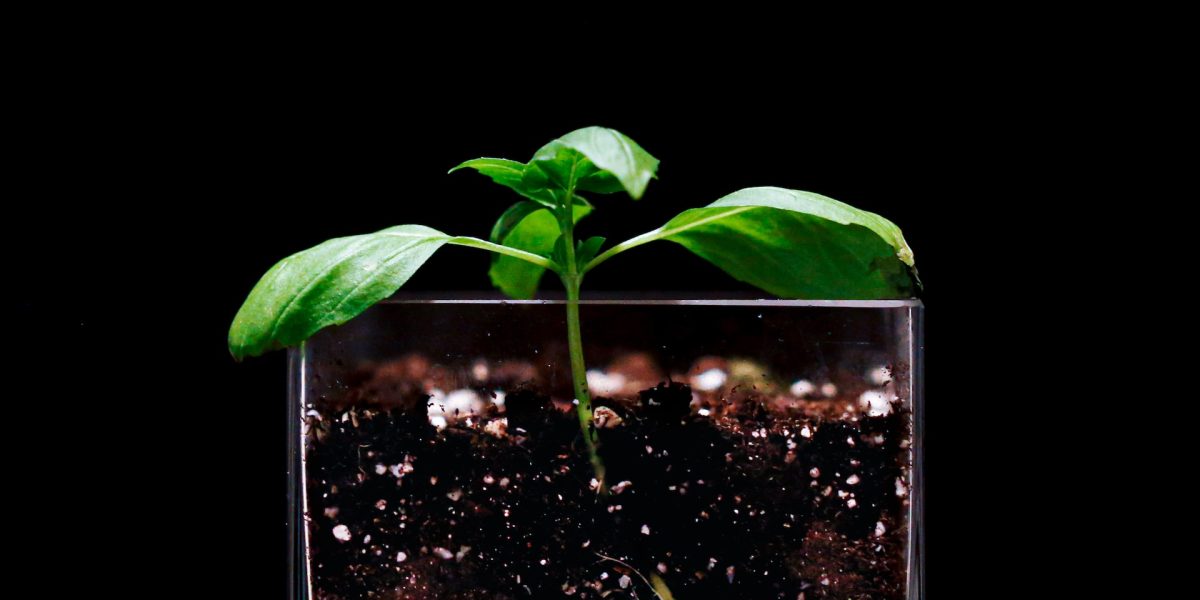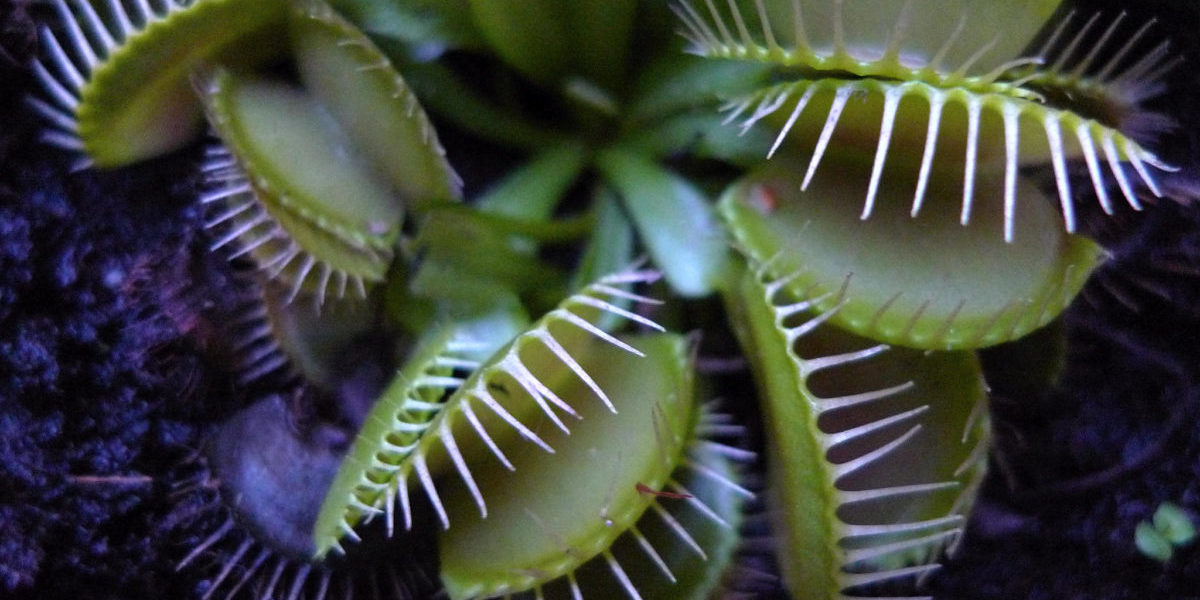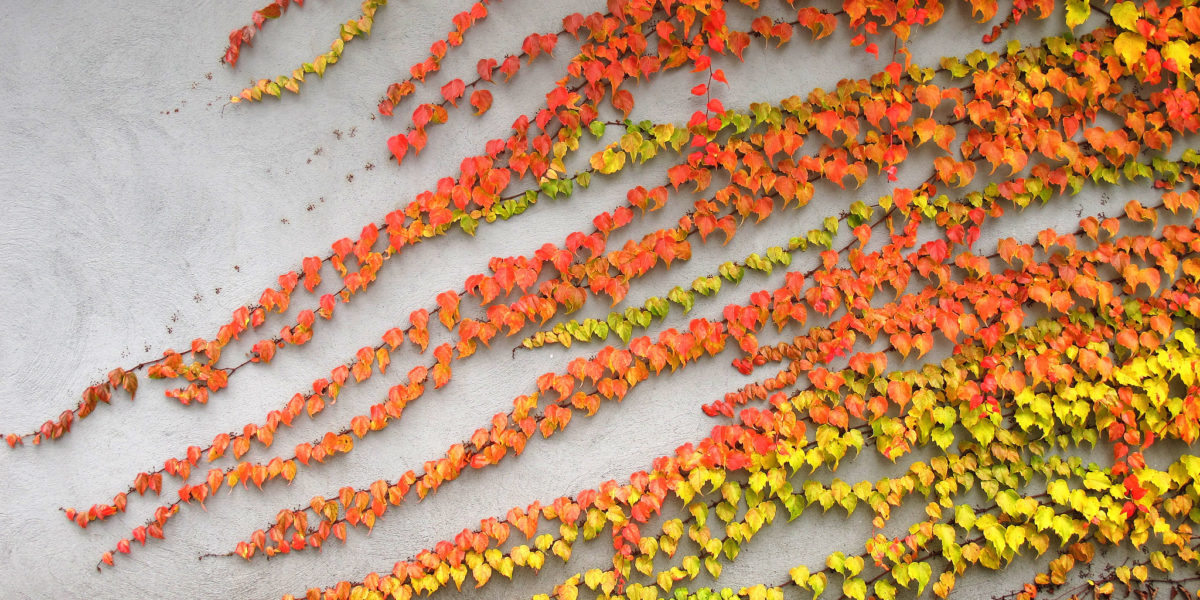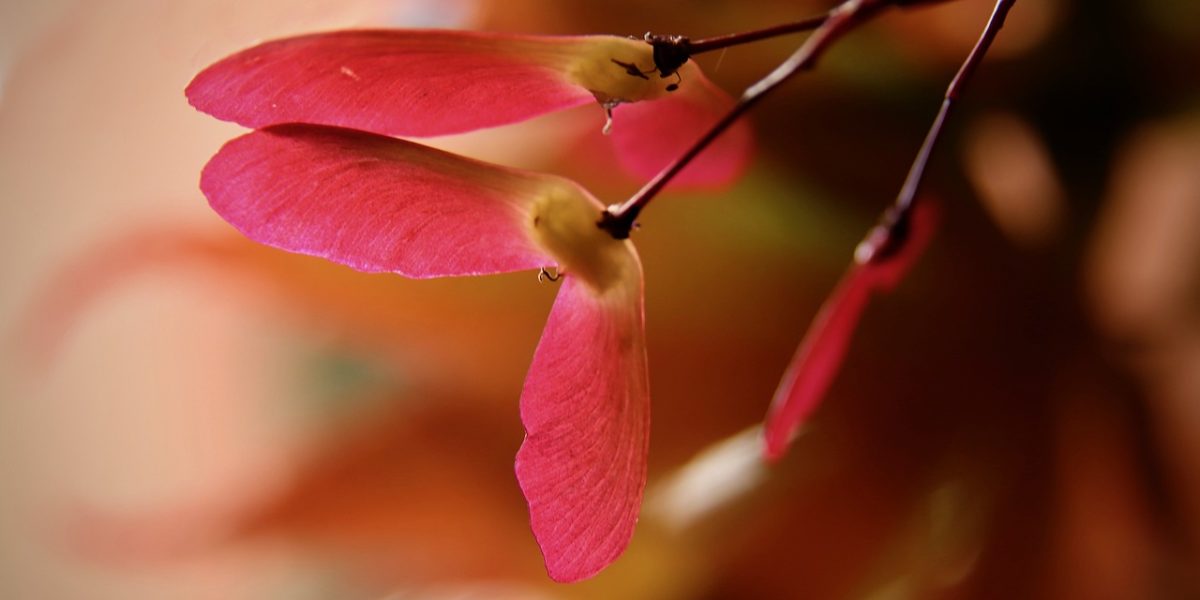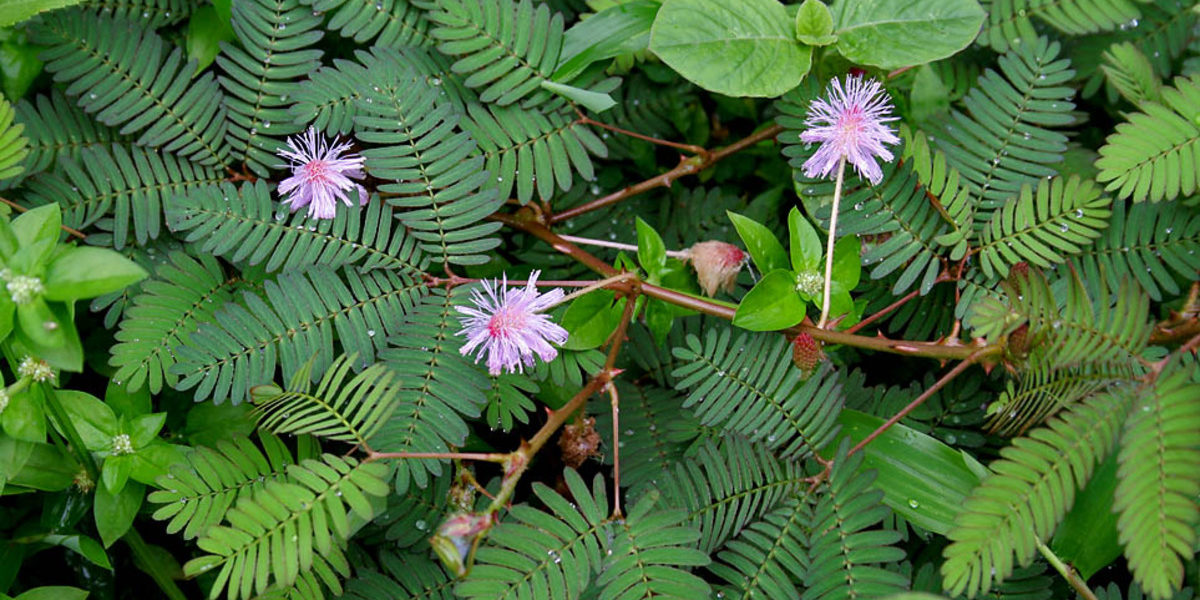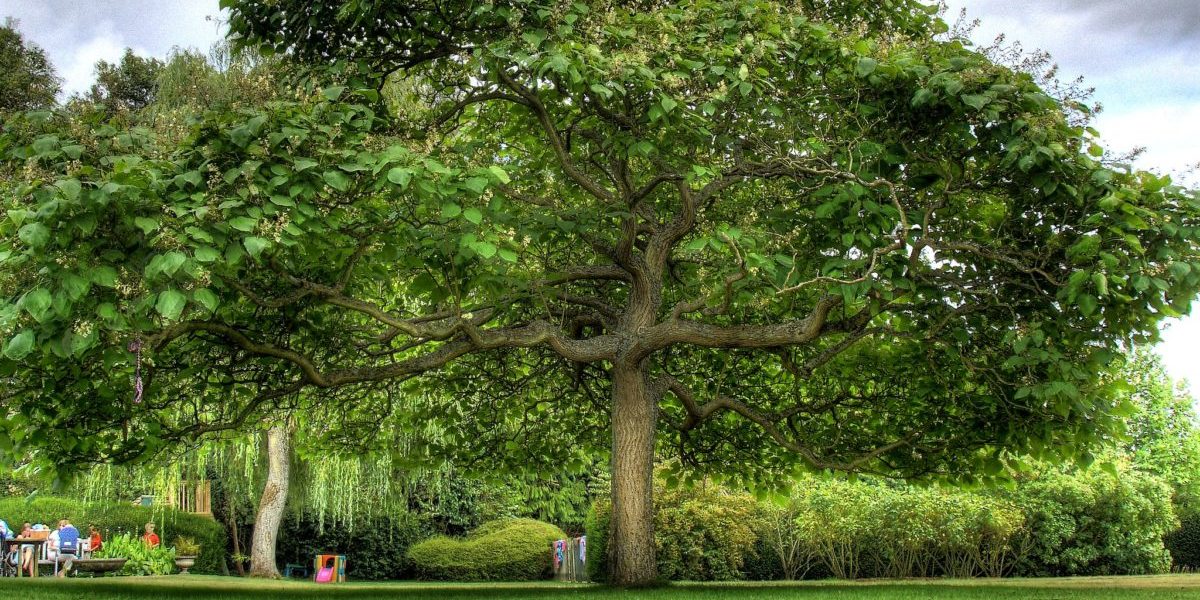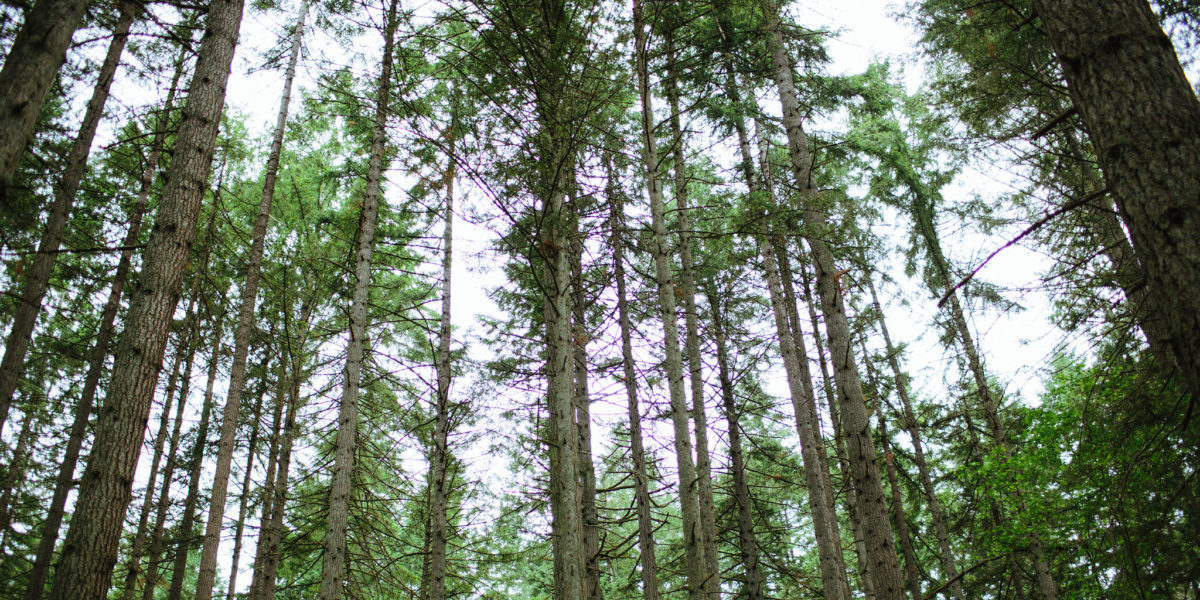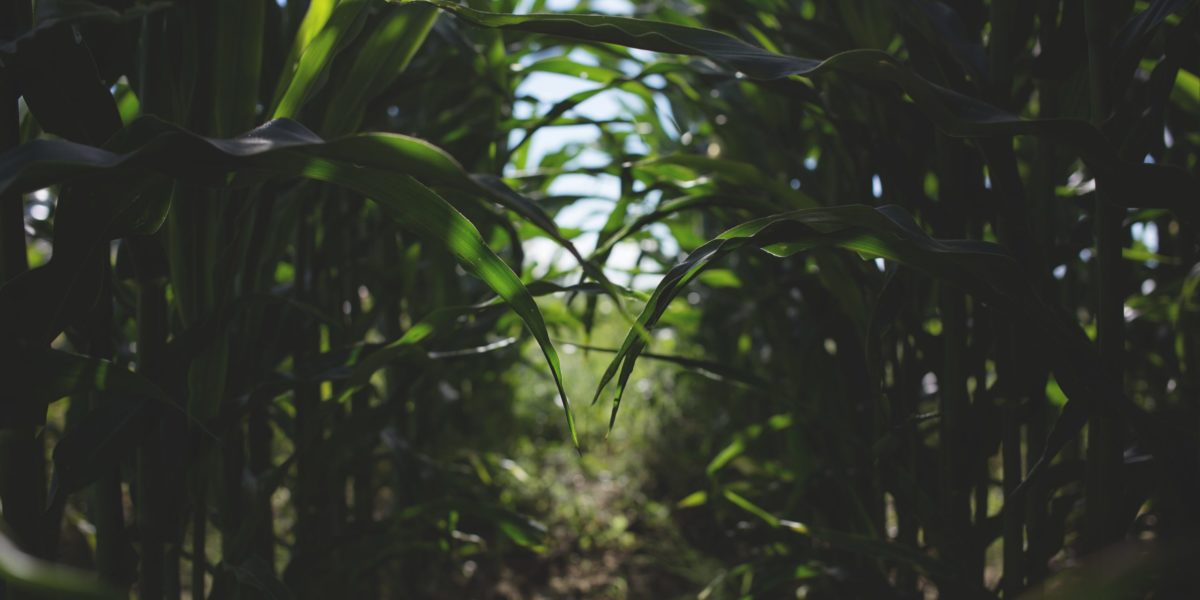Plants come in all shapes and sizes, though they are usually green and rely on energy from the sun to stay alive. More often than not, they grow upwards, leaving their roots to grow further into the ground or even out of their planter entirely. But what about when it isn’t a simple question of up or down? Some trees in rugged terrain, like mountains, for instance, survive by growing both left to right and upwards. Their roots may be engrained in the side of a cliff, where they are not directly below the plant’s growth. How is it that plants can sense gravity, and know which way to grow? How can gravity affect their growth?
Tag: plants
Secrets of the Rapid Snapping Mechanism of a Venus Fly Trap
Dionea Muscipula, also known as the Venus Fly Trap, is universally considered an interesting and eye-catching plant. Most people are fascinated by its ability to snap its lobes closed around prey, allowing it to then chemically dissolve the trapped animal and subsequently absorb nutrients from its body. What most people fail to realize is the incredible amount of biomechanics required for this plant to survive. Not only is this information useful and interesting to know, but it is crucial for scientists to better understand how plants can respond to physical stimuli.
Continue reading “Secrets of the Rapid Snapping Mechanism of a Venus Fly Trap”What Makes Climbing Plants Climb?
Scientists have studied plants for centuries. Charles Darwin in particular had studied climbing plants for years in an attempt to discover the secrets behind how they climb structures. Despite the years of study, very little is known about the mechanics that allow plants to climb. If the methods can be discovered, scientist might be able to mimic the power and flexibility that climbing plants have in man made structures, or be able to design structures that can better withstand the destruction plants tend to inflict upon buildings and roads.
Continue reading “What Makes Climbing Plants Climb?”Innovative plant: How does the dandelion drift its seeds?
How far do you think a dandelion seed can drift from its base plant?
Continue reading “Innovative plant: How does the dandelion drift its seeds?”Whirlybirds, helicopters, and Maple seeds
As Maple trees shed their fruits, it is hard not to be captivated by the view and stare in admiration. The free fall of maple seeds is simply graceful. Commonly referred to as helicopters, samaras are the fruit of Maple trees. Inside of each fruit one can find seeds that are used by the parent plant to produce new ones. The nickname helicopter refers to the similarity that exists between its motion as it falls to the ground and that of a helicopter. Indeed, a remarkable aspect of the samaras is the behavior they display as they fall. As the fruit of the Maple seed descends to the ground, it performs a rotating motion that mimics the rotor blade of helicopters in unpowered descent, a behavior that has intrigued scientists and has been the subject of many studies. The auto-gyration motion and flight mechanics of the samaras have been observed in order to explain why and how the fruit rotates on itself as it leaves the tree.
Continue reading “Whirlybirds, helicopters, and Maple seeds”The plant that hates to be touched
If you think you’re shy, you should meet the plant known to botanists as Mimosa pudica! Also known as a touch-me-not, shame plant, or humble plant, M. pudica reacts rapidly to external stimuli – such as being touched, changes in heat, or changes in light intensity. The reaction generally includes the folding in of the plant’s leaves and the stem bending downward. These movements make the touch-me-not one of the most curious plants on the planet.
Continue reading “The plant that hates to be touched”Sticks and stones may break my bones but dirt will wash right off
There you are, sitting in the park eating your spaghetti picnic on your favorite picnic blanket when your pollen allergy acts up. You let out a sneeze powerful enough to compete with Aeolus’ bag of wind, but now your spaghetti is all over your favorite picnic blanket. You immediately go to rinse it off, but your fine Italian sauce has thoroughly soaked in. If only nature had a solution to keep a surface clean. Enter: the lotus leaf.
Continue reading “Sticks and stones may break my bones but dirt will wash right off”It’s The Little Things That Make Trees Strong
Plants come in all shapes and sizes, from the smallest blades of grass to trees so big that the tops can’t even be seen from the ground. But all plants are made from the same basic cell structures and components. So why is it that I can easily pick a flower, but could spend hours chopping at a tree and hardly make a dent? Trees are so much stronger than almost every other plant that they have become a staple in the construction industry. The key to the success of the tree is small differences in the structure.
Continue reading “It’s The Little Things That Make Trees Strong”What Makes and Breaks the World’s Tallest Trees
Trees have the potential to be the largest organisms on Earth. The world’s tallest tree, dubbed Hyperion, is 380 ft tall and weighs over 1,600,000 lbs. Compared this to the world’s largest animal, a particularly massive blue whale which was 100 ft long and weighed 380,000 lbs, the simply massive size of this tree should be obvious. And unlike a whale, a tree is much less likely collapse and crush itself under its own weight. Trees need to be tall, even if doing so consumes a lot of resources, in order to compete for sunlight. So what lets trees get this big, and what limits their height?
Continue reading “What Makes and Breaks the World’s Tallest Trees”Can Plants Talk to Each Other?
When something bad happens, do you tell your friends? Do you warn the people around you? Similar to human beings telling one another about risks and dangers, plants can communicate with one another about environmental stressors.
Continue reading “Can Plants Talk to Each Other?”